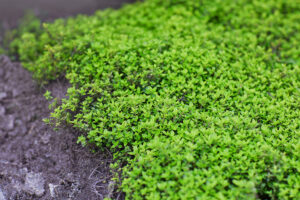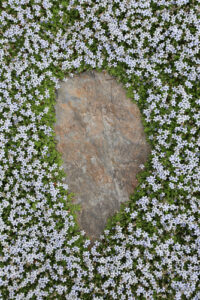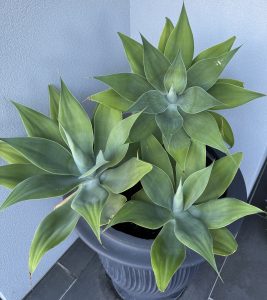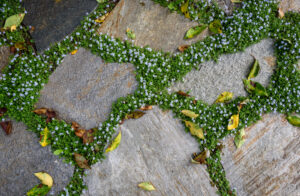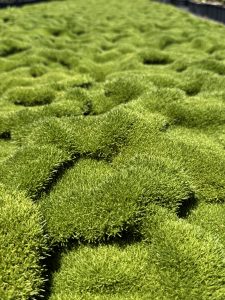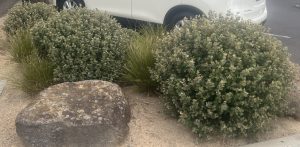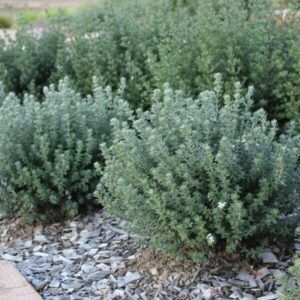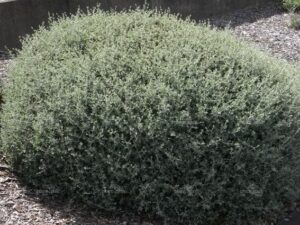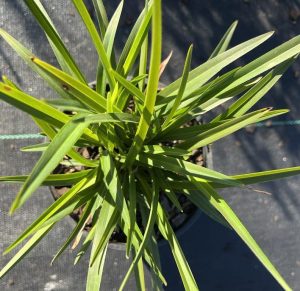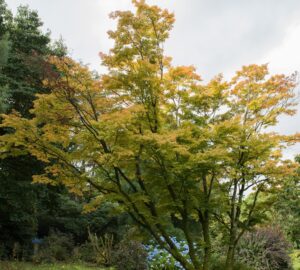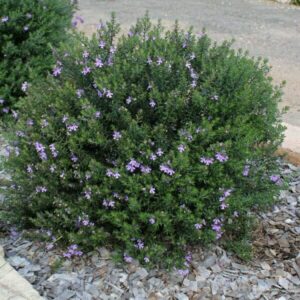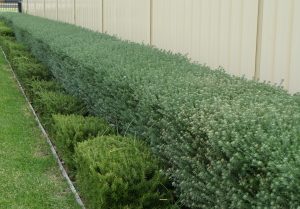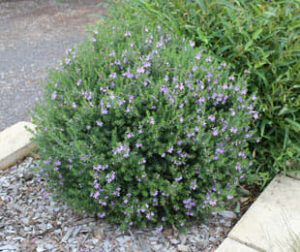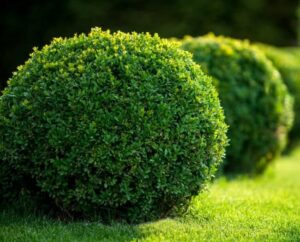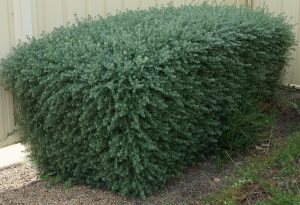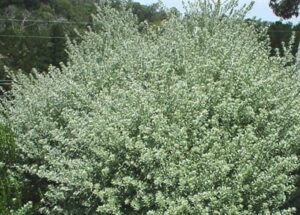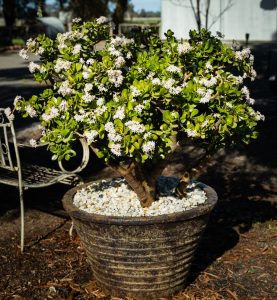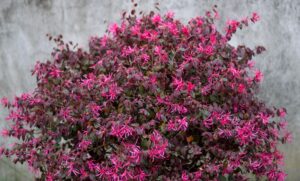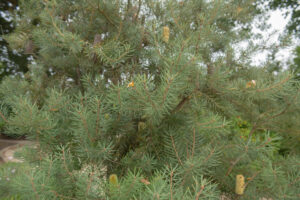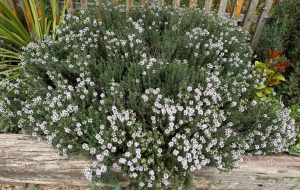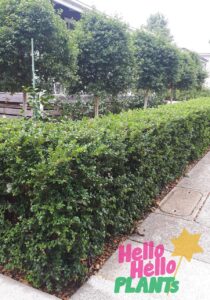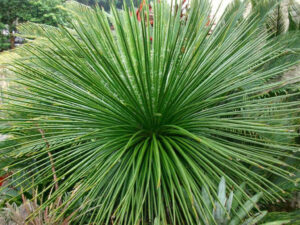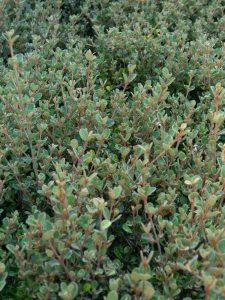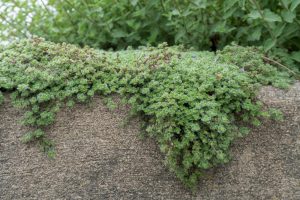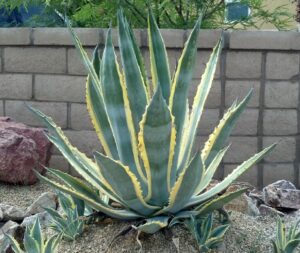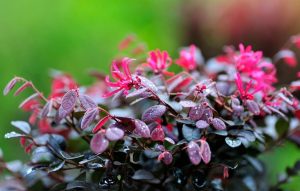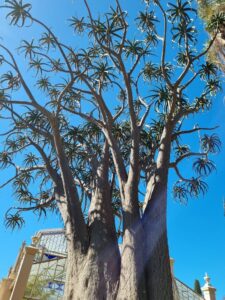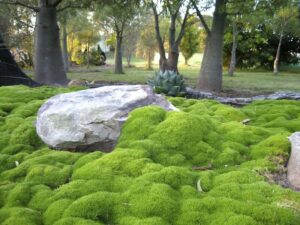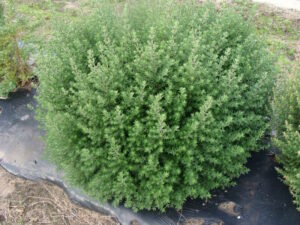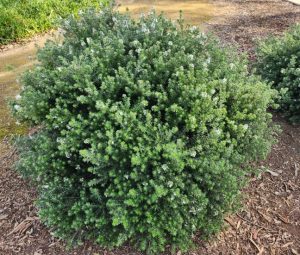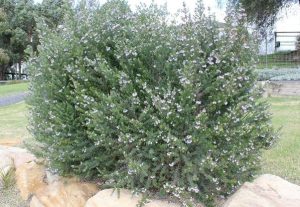The modern sculptural garden relies on naturally bold and dramatically shaped plants, such as aloe, agave, dracaena, or bromeliad. You can also incorporate plants that have been artfully pruned into domes, abstract shapes and cloud pruned. Combining these two categories of plants within a garden will create an interesting contrast of shapes, colours and textures.
When creating a living sculpture garden, you should focus on only 1 to 3 types of truly dramatic standout plants. The more understated plants have their place playing the important role of complementing these living sculptures as supporting plants.
Read More
Some of these more subtle, complimentary plants include ground covers like Dichondra repens, White Pratia, or White Creeping Thyme. As for the low-growing plants, those that can be sculpted into neat, abstract shapes can also be introduced, such as Creeping Saltbush and Coastal Rosemary (Westringia). To compliment these, you could consider uniform and tidy grasses like Sweet Mist flax, Elijah Blue fescue grass, and Little Jess dianella.
The overall concept revolves around allowing the dramatic plants to stand out and grab your attention while creating spaces for the supporting plants to fill. Ideally, the total number of different plants used is 3 to 7. Too many different plant varieties can detract from the unique sculptural forms that represent the essence of a modern living sculpture garden.
For more inspiration and examples of modern sculptural gardens, check out our Pinterest board.
Showing all 32 resultsSorted by popularity



